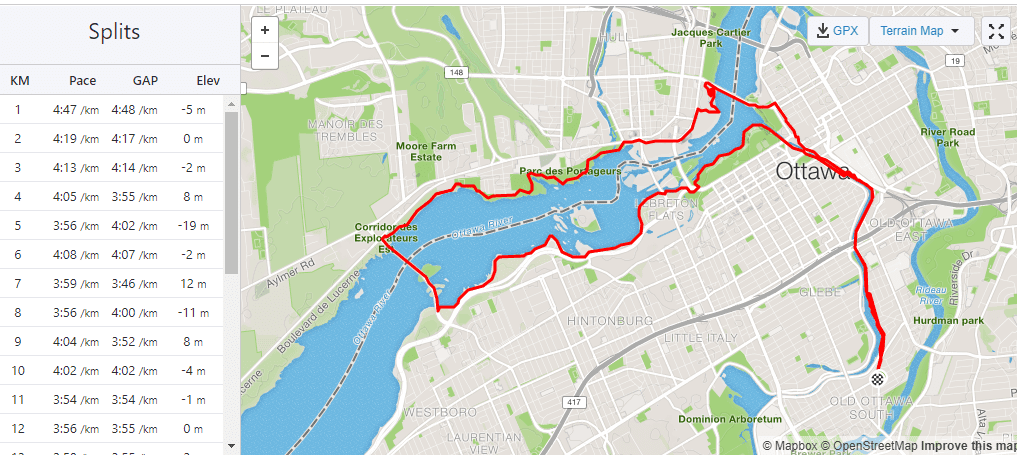So your watch died? Here’s why you should finish the workout anyway
Believe it or not, your run can still happen even if it never sees the light of Strava

You head out in the morning for your workout, and you’ve got exactly 90 minutes to get your longest run of the week done. About 2K in, you realize that your Garmin is beeping. Battery low. Well, crap. The answer should be obvious, you forge on and continue your workout without data, but this isn’t always the decision people make. When people run this risk of a mid-workout battery death, some pull the plug early and opt to charge up and try again later. Unless you need your GPS file to submit a race result, here’s why this is a bad call.
RELATED: Why Trevor Hofbauer races without a watch
Things go wrong on race day
The main reason a dead GPS watch doesn’t need to derail a workout is that things can go wrong on race day. This is why runners sometimes work out in bad conditions and under less-than-ideal circumstances, because if the weather is terrible and your watch glitches on race day – you’re prepared. Adaptability is key.
Running by feel is a learned skill
Understanding pace and running by feel are crucial skills. Running by feel allows you to take it easy when you need to, but it also gives you the freedom to push yourself and trust your body on days when you feel good. While GPS tracking is undeniably a good training tool, a day without it will allow you to work on your running intuition and pacing skills.
It forces you to do Strava-less exercise
In the age of social media, GPS files and COVID-19, people are posting about their exercise more than ever. This has some big benefits for things like community-building and goal-setting, but once it has become a habit, people have a hard time running without posting. Believe it or not, your run happened even if it didn’t go on Strava – promise.

If you’re on a familiar loop, you can just run by time
If you find yourself without the use of your handy watch, but you’re on a familiar loop, you can always use your usual landmarks as your start and end points. For example, run to a certain intersection hard and then around the block easy. Repeat until you’re tired.
RELATED: Hill workouts for distance runners
Fartlek or hills are great GPS-free workouts
Another solution to your GPS woes is a hill or fartlek workout. Due to the incline, hill workouts automatically throw pace out the window. Choose a nearby hill and do repeats that feel fast but fluid, then jog down. This is great speed and form work and is guaranteed to get your heart rate up. If you’re in a flatter area, then a fartlek will also do the trick. For 20 to 30 minutes, alternate between slow, medium and fast paces. Your start and endpoints are entirely up to you – just try to keep moving the whole time.
While these workouts aren’t very specific, they’ll get you working hard and don’t require you to measure specific distances.


